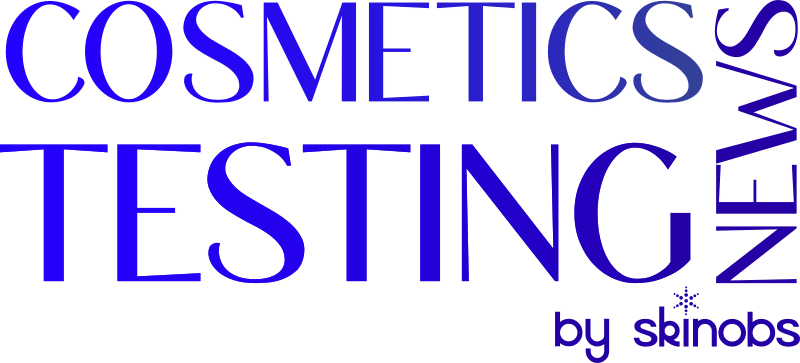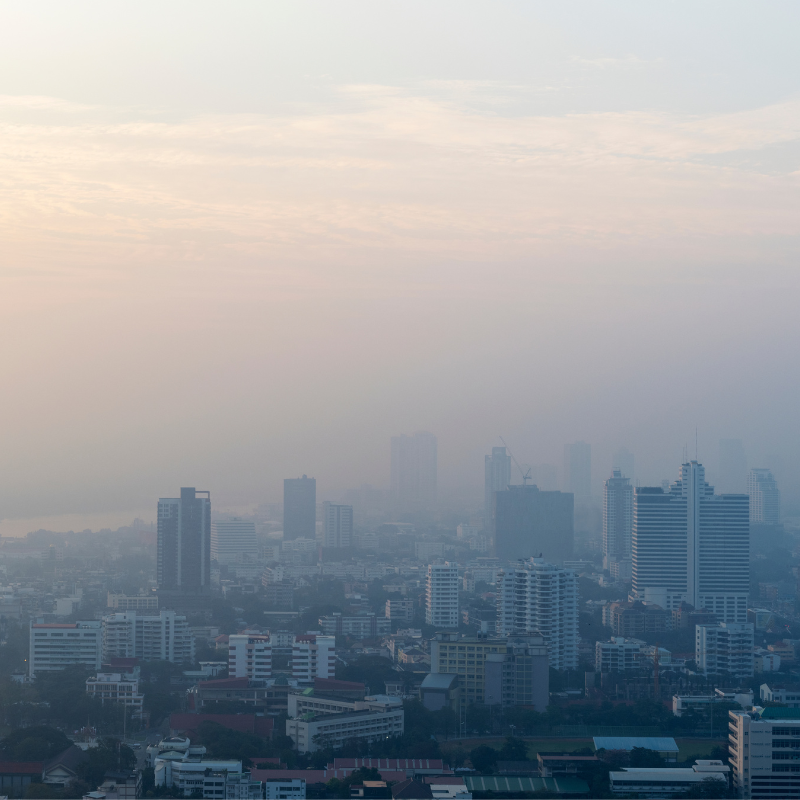At a time when manufacturers in the cosmetics sector are claiming to use more and more natural products in their formulations that respect the skin’s microbial flora, the need to know and prove the effect of these products on living organisms through scientific evidence is paramount in order to reassure consumers.
The skin is the first protective barrier against environmental pathogens. It is therefore important to protect and strengthen it. The microbiome associated with the skin can help guarantee this protection when it is itself protected and nourished.
This skin microbiome can modulate the host’s genes and vice versa. This synergy between bacteria and host is essential for maintaining good health.
Biomnigene’s R&D programmes aim to improve methods for describing and analysing this skin microbiome and the host genes that are affected.
Thanks to its expertise in genomics, Biomnigene can help you to validate the effect of your formulations on the skin microbiome and on the host metabolic pathways affected.
Biomnigene can offer you several technical approaches to provide the most complete description of the effects of your products on genetics.
Biomnigene is an expert bio-analysis laboratory specialising in genetic and microbiological analysis.
Biomnigene offers integrated services such as skin, oral and vaginal microbiome analysis using methods such as:
- Targeted metagenomics of 16S V1-V9, 18S rRNA, ITS which is a common amplicon sequencing method used to identify and compare microbes, fungi present in complex biological mixtures such as environmental samples and human skin samples. 16S/18S/ITS gene sequencing is a well-established method for studying the phenogeny and taxonomy of samples from complex microbiomes or environments that are difficult or impossible to study.
- Shotgun metagenomics, which allows the exhaustive identification of all the genes of all the organisms present in a given complex sample. This method can be used to assess the diversity and relative abundance of bacteria, fungi and viruses in various environments. It is also a way of studying non-cultivable micro-organisms that are difficult or impossible to analyse.
- Metatranscriptomics, which highlights the total RNA in the sample (bacterial, fungal, viral, etc.) in order to determine the extent to which the different genes are expressed and, consequently, to highlight the relative metabolic pathways and activity of the different components of the community.
- Transcriptomics to highlight differentially expressed genes and the metabolic pathways impacted in a given environment.
- qPCR, to detect and quantify species or assess the level of expression of genes of interest in a specific environment.

Comparative study of 2 approaches to highlighting the microbiome (Allyson L. Byrd & al., 2018)
To highlight the effect of a product, sampling and storage methods need to be standardised and controlled. Biomnigene has therefore developed skin microbiota sampling kits suitable for genetic analysis.
Biomnigene complies with Good Laboratory Practice and Good Manufacturing Practice.
Contact :
Alexandre DOUABLIN, CEO
douablin.alexandre@biomnigene.com
https://www.biomnigene.fr/en/
+33(0) 3 81 25 03 48





